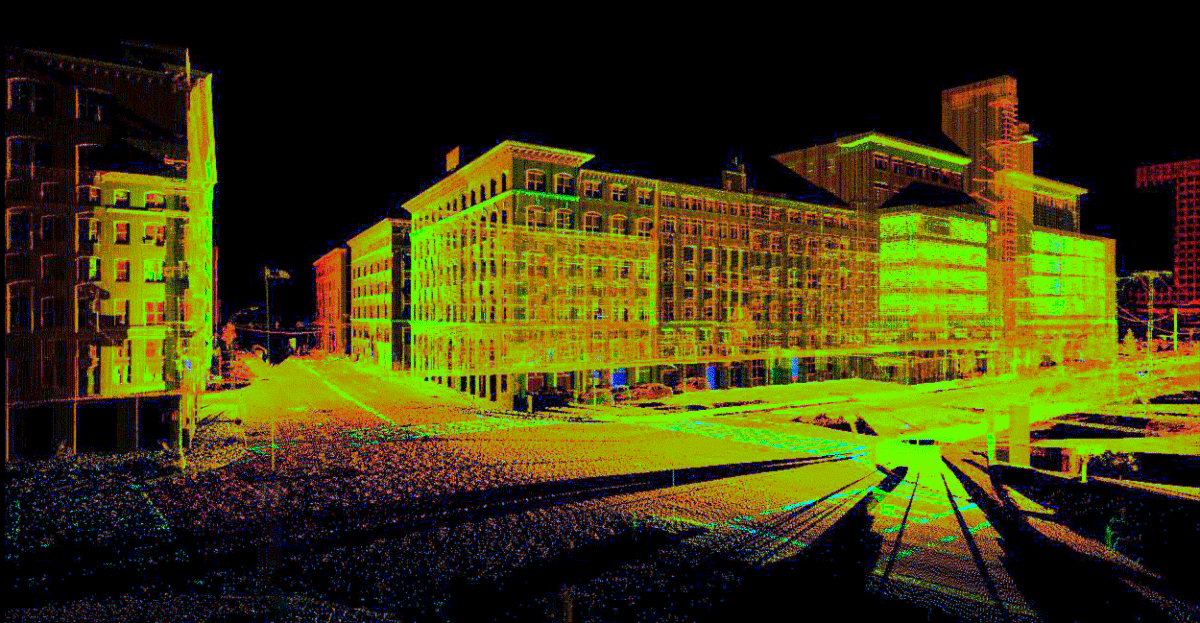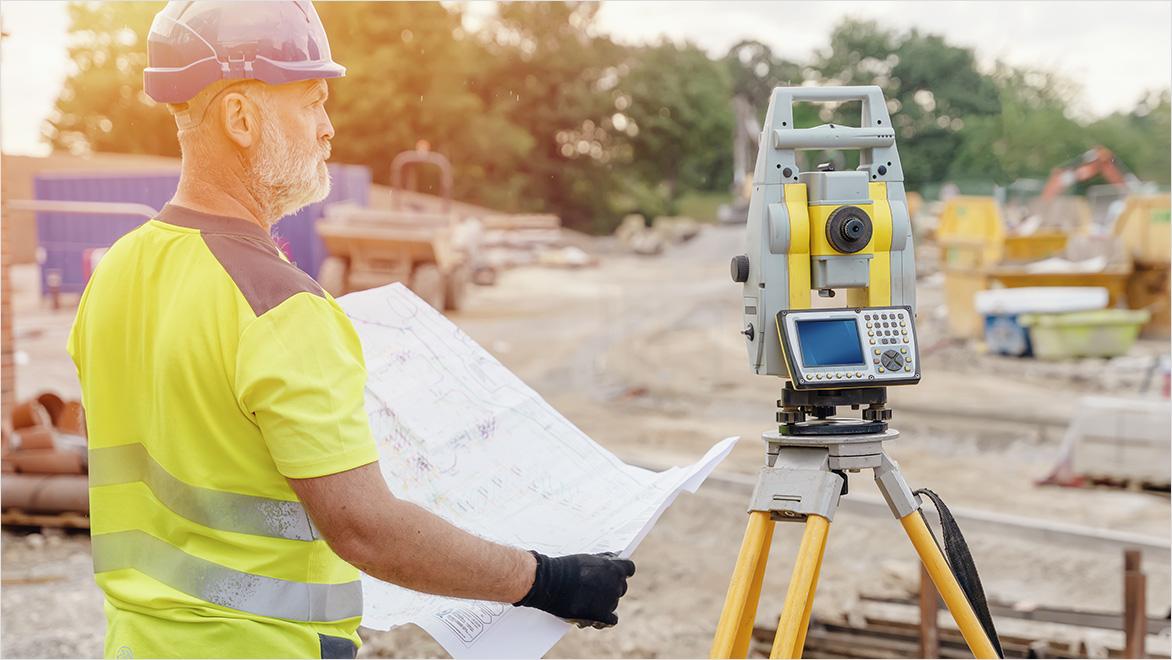Exploring the Fundamentals of 3D Scanning
Wiki Article
Exactly How 3D Laser Scanning Reinvents Architectural Layout and Construction Projects
3D laser scanning is changing the landscape of building style and building and construction. This innovation supplies unmatched precision in capturing existing environments, which promotes better project preparation and execution. It lowers mistakes while enhancing efficiency in different phases of development. The implications for cooperation among architects, engineers, and other stakeholders are significant. These improvements open the door to brand-new design opportunities and ingenious options. What lies ahead for this developing modern technology?The Principles of 3D Laser Scanning Modern Technology
3D laser scanning innovation may seem facility, its core principles are transformative and uncomplicated for architectural style. This modern technology employs laser beam of lights to capture specific measurements of physical structures, generating a comprehensive point cloud that stands for the scanned atmosphere. A laser scanner sends out rapid pulses of light, measuring the time it takes for the light to return, which permits for the calculation of distances with exceptional accuracy.The resulting point cloud can be converted into a 3D version, offering designers with very useful aesthetic information. This version makes it possible for specialists to adjust and analyze layout aspects within their projects, permitting innovative options and boosted visualization. By utilizing 3D laser scanning, architects can better comprehend the status quo of a website, making sure that brand-new styles harmonize with their surroundings. This integration of technology right into architectural design notes a substantial development, promoting creativity and accuracy in the field.

Enhancing Accuracy and Performance in Architectural Projects
As building jobs progressively require accuracy and speed, 3D laser scanning emerges as an essential device in improving both accuracy and effectiveness. This technology captures millions of information factors in a quick duration, producing comprehensive and exact 3D designs of existing frameworks. The capacity to obtain precise measurements lowers the danger of errors during the style phase, allowing architects to imagine their jobs with unmatched clearness.The quick data collection process lessens the time spent on-site, making it possible for teams to focus on analysis and layout renovations. With real-time data availability, changes can be made promptly, promoting an extra streamlined operations. The combination of 3D laser scanning into building techniques not just improves dimension accuracy however also boosts the overall job timeline, helping with quicker decision-making. In an industry where accuracy is vital, this technology stands as a transformative pressure, elevating the requirements of building style and building and construction projects.
Simplifying Collaboration Among Stakeholders
While conventional architectural processes commonly involve fragmented interaction amongst stakeholders, 3D laser scanning promotes an extra natural collaborative atmosphere. By providing accurate, high-resolution information, this modern technology allows engineers, designers, customers, and professionals to run from a unified point of recommendation. The thorough visualizations created via laser scanning remove false impressions and ambiguities, making certain that all events have accessibility to the very same details.This openness boosts decision-making and urges prompt comments, as stakeholders can easily picture style aspects and spatial connections. In addition, the integration of 3D scanning data right into Structure Details Modeling (BIM) systems even more improves partnership, enabling for real-time updates and adjustments. Such smooth interaction not only reduces problems but likewise accelerates job timelines, as all stakeholders stay straightened throughout the layout and building and construction phases. Eventually, 3D laser scanning transforms standard operations into a much more reliable and collective process, benefiting all celebrations entailed.
Opening Innovative Opportunities in Layout
By allowing architects to picture complex spatial connections and intricate information, 3D laser scanning discloses creative possibilities in design. This innovation allows for accurate mapping of existing environments, making it possible for designers to check out cutting-edge concepts that could have previously appeared impractical. With extremely exact information, designers can trying out unconventional kinds and materials, pressing the borders of traditional architecture.In addition, the combination of 3D laser scanning right into the design process cultivates collaboration amongst multidisciplinary teams, motivating the exchange of concepts and boosting creative thinking. The comprehensive visualizations produced by this technology not only help in determining prospective style difficulties yet additionally inspire solutions that might not have actually been considered. Because of this, designers can develop much more vibrant and appealing rooms that reverberate with users while meeting useful requirements. Ultimately, 3D laser scanning changes the architectural landscape, equipping developers to recognize their visions with extraordinary accuracy and imagination.
The Future of 3D Laser Scanning in Architecture and Construction
The my company integration of 3D laser scanning into building design not just improves creativity yet additionally sets the stage for its advancing role in the future of style and building and construction. As technology advances, the precision and efficiency of laser scanning will certainly continue to enhance, enabling builders and architects to develop extra complicated designs with precision - 3D Scanning. Using this modern technology in real-time data collection will certainly facilitate better decision-making, lowering errors and enhancing processFuture applications may include increased and virtual reality assimilations, enabling stakeholders to visualize jobs in immersive settings. In enhancement, as sustainability becomes a concern, 3D laser scanning will certainly sustain the advancement of energy-efficient layouts by providing in-depth understandings into existing frameworks. As cooperation among numerous disciplines ends up being even more vital, the capability to share precise 3D designs will certainly cultivate innovation and improve task outcomes. Ultimately, 3D laser scanning will redefine requirements in architectural design and building methods.
Frequently Asked Questions
What Is the Price of Executing 3D Laser Scanning Innovation?

Exactly how Long Does a Common 3D Laser Scanning Job Take?
A normal 3D laser scanning project can take anywhere from a couple of hours to numerous days, depending on aspects such as the task's dimension, intricacy, and the degree of information needed for exact information capture.What Sorts Of Projects Benefit The Majority Of From 3D Laser Scanning?
3D laser scanning advantages numerous tasks, especially massive building and constructions, historic reconstructions, and complex restorations. It improves accuracy in measurements, minimizes mistakes, and gives thorough information essential for efficient planning and implementation in building style and construction.
Are There Particular Software Application Programs Required for 3D Laser Scans?
Yes, details software programs are vital for refining 3D laser scans. 3D Scanning. Popular alternatives consist of Autodesk ReCap, Faro Scene, and Leica Cyclone, each offering special attributes tailored for picturing and assessing checked information effectively in different tasksJust How Does 3D Laser Scanning Influence Environmental Sustainability in Building And Construction?
3D laser scanning enhances environmental sustainability in construction by reducing material waste, allowing precise dimensions, and advertising effective resource use. This innovation enables better planning, decreasing the environmental footprint of construction tasks through improved precision and effectiveness.3D laser scanning is transforming the landscape of building design and construction. 3D laser scanning modern technology may seem complex, its core principles are transformative and uncomplicated for building style. By enabling designers to picture complicated spatial connections and intricate details, 3D laser scanning discloses imaginative opportunities in design. The assimilation of 3D laser scanning into the design procedure promotes collaboration amongst multidisciplinary groups, motivating the exchange of concepts and improving creativity. The integration of 3D laser scanning right into architectural style not only enhances creative thinking however additionally sets the stage for its evolving function in the Learn More future of style important link and building.
Report this wiki page